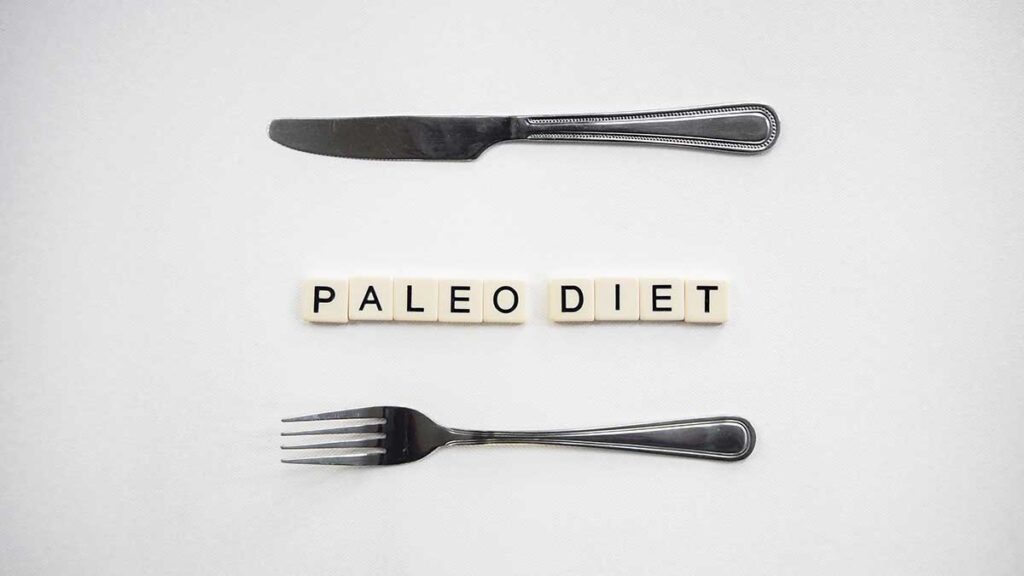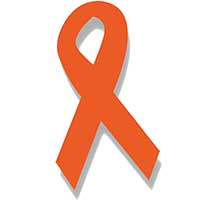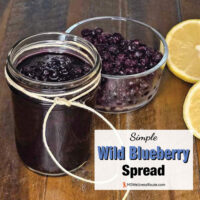Last Updated on November 13, 2023 by Cathy

People consider legumes healthy, but they also consider them controversial. Some multiple sclerosis (MS) diets allow legumes while others avoid them. So, are legumes healthy – yes or no?
Legumes, like beans, peas, lentils, and chickpeas, produce pod seeds. They are a significant source of protein, fiber, and other essential nutrients. They are an important staple food in many cultures around the world. Legumes have diverse uses, including animal feed, soil improvement, and biofuel production.
Legumes include:
- Alfalfa
- Beans (black, kidney, red, etc.)
- Carob
- Chickpea
- Clover
- Fava bean
- Lentil
- Peanut
- Peas
- Soybean
Paleo Diet and Legumes

The paleo diet aims to mimic the eating patterns of our prehistoric ancestors. The idea is that humans evolved to eat a certain way. The diet assumes pre-agricultural eating is better suited to our genetic makeup.
The paleo diet avoids foods that were not available to our prehistoric ancestors. The rationale is that these foods were not part of our ancestral diet. and may therefore be less well-tolerated by our bodies.
People avoid legumes because legumes contain compounds called lectins and phytates. This can be harmful to humans in high amounts. People avoid legumes because of the lectins and phytates found in them.” Phytates can bind to minerals such as iron and zinc, making them less bioavailable to the body.
Cooking or processing can reduce legume compounds. Legumes offer protein, fiber, and nutrients that benefit human health. Legumes can contribute to a healthy diet, even if not part of paleo.
Diets for Multiple Sclerosis

Each diet for multiple sclerosis (MS) is different. Some allow legumes and others avoid legumes.
The Wahls Protocol is a paleo-based diet, it has three different levels. Level one has the least restrictions, it allows legumes. Level two imposes more restrictions and limits legume consumption. The third level is the strictest, ketogenic diet that is low in carbs, and high in fat. It avoids all legumes even though they are higher in fat.
The Swank and the Overcoming Multiple Sclerosis (OMS) diets are low-saturated fat diets. Legumes are generally allowed. However, one should prepare them with low saturated fat. The Best Bet Diet is a Swank based diet. However, it avoids all legumes. The book Healing Multiple Sclerosis avoids legumes but it does allow peas.
Starting in 2022, the Paleo Mom allows AIP dieters to eat legumes if tolerated, she says:
“Peas, lentils, and garbanzo beans (chickpeas) are especially beneficial for the gut microbiome while containing lower amounts of antinutrients and agglutinins that are more easily deactivated by heat than other legumes like kidney beans, soy, and peanuts. For this reason, it seemed prudent to separate them from other legumes and encourage reintroduction earlier than previously.”
Mistaken For Legumes

Some foods can be mistaken for a legume. This is due to their appearance or similar nutritional profile. For example, many people think of peanuts as nuts, they are actually legumes. Soybeans are another common legume that can sometimes be mistaken for a nut or seed due to their size and shape.
Here are a few examples people mistake for legumes:
- Cacao, cocoa, chocolate
- Carob powder
- Cashews
- Tamarind paste
- Vanilla bean
Swaps for Legumes

For legume alternatives, try these nutritious and flavorful options:
- Cauliflower rice is a versatile, low-carb substitute for rice in many dishes.
- Nuts and seeds are good sources of healthy fats, protein, and fiber. Try adding almonds, walnuts, sunflower seeds, or chia seeds to salads, smoothies, or as a snack.
- Sweet potatoes are a good source of complex carbohydrates, fiber, and vitamin A. You can roast, mash, or use them as a base for veggie burgers.
- Zucchini noodles, or zoodles, are a low-carb alternative to pasta. You can use them in a variety of dishes.
If you miss your hummus try using guacamole. Instead of beans in a burrito bowl use cauliflower rice. If you miss chili, coarsely chop up some carrots, mushrooms, or sweet potatoes. If you miss peanut butter try almond butter instead.
Benefits of Legumes

No matter where you fall, legumes are a hotly debated food. Legumes contain beneficial nutrients such as B vitamins, potassium, and zinc. They are high in fiber and reduce the risk of infection, and mortality. They protect from heart disease, and many cancers, and improve gut health.
Legumes aren’t considered healing foods because they can be hard to digest. Some people soak or sprout their legumes before consuming them. Peas and green beans have lower levels of lectins and are more tolerated. This is because farmers harvest them early.
If you want to eat beans, chickpeas, or lentils here are some tips:
- Choose sprouts
- Eat them with leafy greens
- Keep a food diary to see how it affects you
If you are struggling on your healing journey try taking all legumes out. As you begin feeling better you can try adding chickpeas, lentils, and beans back.
Are Legumes Healthy: Yes or No?

Even though legumes are healthy they are a controversial topic. Avoid soy since it is mostly a GMO. Peanuts are a common food allergen. Plus, some people have a sensitivity to peanuts and do not realize it. It’s best to avoid peanuts and all products with peanuts in them.
If you eat a lot of beans, lentils, and chickpeas they can make it harder for your body to heal. For some people symptoms may worsen after consuming them. Nevertheless, some people may be able to tolerate legumes. Everyone is different so pay attention to your body. If you have a lot of symptoms it’s probably best to avoid all legumes until you’ve healed.
In the end, don’t stress over it. Healing from MS is more than diet alone. You need to stay hydrated, exercise, get enough sleep, and be kind to yourself.
Quick Links To Information In This Post:

Free Wellness Library!
Subscribe for free and I’ll send you the password to my secret library filled with many printables for your wellness journey.
Want to remember this health tip? Pin it to your Pinterest board!

Image by 8photo, azerbaijan_stockers, and jcomp on Freepik, and image by Engin Akyurt and MootikaLLC from Pixabay
Are Legumes Healthy: Yes or No?





